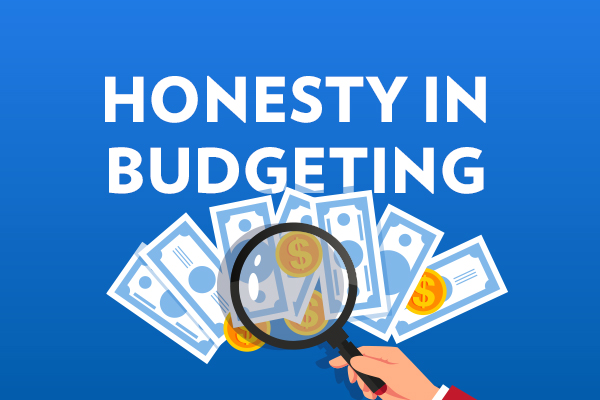Americans owe $1.5 trillion in student debt, double the amount they owed ten years ago according to the Federal Reserve. In Pennsylvania, two thirds of graduates have debt, and the average amount was a shocking $36,000 per capita as of 2017. In response to the situation, Governor Wolf propsoses redirecting $204 million in annual slot machine revenue from horse racing subsidies to the Nellie Bly Scholarship, a tuition grant program.
Horse racing and traditional college are not as different as they seem. Both are legacy industries that maintain their present size and prominence only through government support. Spending public money to maintain an obsolete education model might appear less ridiculous than propping up racetracks, but it is actually more harmful. Here is why:
- Four year college is the wrong tool for workforce development. The four year college evolved as a model for teaching the liberal arts and sciences to the minority of the population interested in intensive book learning. It was never intended for mass workforce development. A PA Chamber of Business and Industry survey of Pennsylvania employers revealed a lack of both soft skills and technical skills in the workforce even as college education has become more prevalent. Part of the problem may be that students are not ready for higher education and thus can't benefit from it. The Center for American Progress reports that 40-60% of incoming college students need remedial instruction in English, math, or both. Allowing more families to place their children in better K-12 schools, perhaps by expanding education tax credit programs, would do more to educate the populace than would pushing unprepared K-12 graduates into college.
- For good students who choose the four year path, resources are already available. College is indeed very expensive, but almost nobody pays full price. American college students pay only 40% of the gross published tuition on average. Among well-endowed private colleges there is a growing trend toward not charging tuition at all, even to students from solidly middle-class backgrounds. Governor Wolf's proposed aid program is named after Nellie Bly, a 19th century journalist from hardscrabble beginnings who could not afford to attend college. Bly's life story is noteworthy but society has changed. Today brilliant scholars from poor households are not excluded from attending college because they don’t have the money. Quite the opposite: colleges compete to attract them.
- Government subsidy drives the student debt problem, not the other way around. An abundance of taxpayer subsidies reduces the incentive for schools to manage costs and competitively price tuition. The Penn State system, which will receive $270 million of taxpayer money from the current year state budget, is a good example. It charges the third highest in-state tuition in the country among flagship state schools at $18,000 per year. The same subsidies that inflate tuition also distort student incentives: middling students who might not otherwise choose college are induced by cheap loans to try the four year path nonetheless. Consequently students from regional and satellite schools tend to be the most indebted. Penn State Shenango and Penn State Hazleton are the 24th and 25th highest debt-per-head schools in America, according to LENEDU. Their graduation rates are 44% and 51% respectively, according to the IPEDS database.
- The use of slot machine revenue for education subsidies is morally questionable. Gambling taxes are paid mostly by the poor, the elderly, and by those trapped in a compulsive habit. Use of slots money for student aid would be a transfer of resources from them to the young and upwardly mobile. Fairer and more productive uses for gambling revenue might include broad-based tax relief, debt paydown, or plugging the state’s pension hole to strengthen Pennsylvania’s economy and benefit everybody.
RELATED : HIGHER EDUCATION, GAMBLING





